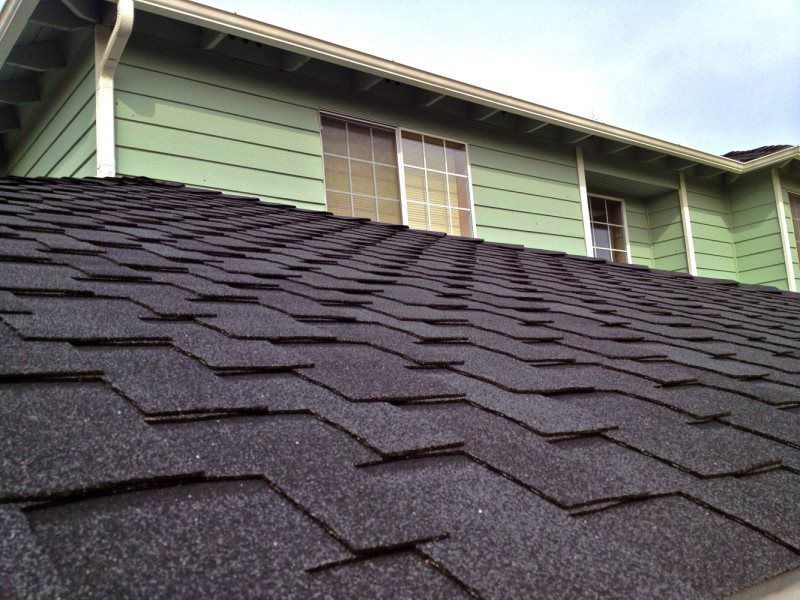NEW ROOF
Do you think your home needs a new roof? Things to consider.
1. Age of Roof:
If your roof was installed to manufacturer’s specifications and maintained properly, your roof will have a 20 - 30 year lifespan.
2. Existing roof is in poor condition:
If the existing roof is in really poor shape, such as tabs being severely curled, granule loss, or bald areas, then complete tear off and replacement should be considered.
3. Shorter Life Span
There is no known documented research, but most roofing professionals agree that with an overlay, the average lifespan of the shingles will be shortened by about 10%-20%. Additionally, if your roof is not properly ventilated the life of your roof will be significantly affected. This is especially so in the hotter regions of the country. This will also affect your manufacturer’s warranty. The rule of thumb is 1 sq. ft. of ventilation for each 300 sq. ft. of attic space, evenly distributed between intake and exhaust ventilation.
4. Multiple layers:
If your roof has more than one layer of roofing, the roof should be torn off. In most cases, this is a code requirement; codes rarely permit more than two layers of roofing.
5. Leaks:
If you have multiple leaks, in the same or different areas it is time to have your roof thoroughly evaluated. Leaks may also show up in the form of dry rot on fascia, this is caused by water traveling under the roofing material and exiting at the fascia.
6. Bad Decking:
Spongy areas and sagging areas between the rafters or trusses are usually good indicators of damaged or deteriorated wood. If there is any suspicion of bad decking, a full tear off should be considered.
1. Age of Roof
If your roof was installed to manufacturer’s specifications and maintained properly, your roof will have a much longer life span.
2. Existing roof is in poor condition:
If the existing roof is in really poor shape, such as tabs being severely curled, granule loss, or bald areas, then complete tear off and replacement should be considered. If you have a foam roof with exposed foam (yellow or orange in color) you need an evaluation to determine if the roof can be coated or needs to be torn off.
3. Shorter Life Span
There is no known documented research, but most roofing professionals agree that with an overlay, the average lifespan of the shingles will be shortened by about 10%-20%. Additionally, if your roof is not properly ventilated the life of your will be significantly affected. This is especially so in the hotter regions of the country. This will also affect your manufacturer’s warranty. The rule of thumb is 1 sq. ft. of ventilation for each 300 sq. ft. of attic space, evenly distributed between intake and exhaust ventilation.
4. Multiple layers
If your roof has more than one layer of roofing, the roof should be torn off. In most cases, this is a code requirement; codes rarely permit more than two layers of roofing.
5. Incompatible Shingles
Due to manufacturer improvements in materials, processes and color, attempting to repair or replace portions of your roof may result in difficulties in matching your existing roof to newer product. This is due to color variances, differences in sizing (metric vs. standard), and discontinued products. Some colors have been discontinued and due to normal weathering matching an existing color can prove very challenging.
6. Leaks
If you have multiple leaks, in the same or different areas it is time to have your roof thoroughly evaluated. Leaks may also show up in the form of dry rot on fascia, this is caused by water traveling under the roofing material and exiting at the fascia.
7. Bad Decking
Spongy areas and saging areas between the rafters or trusses are usually good indicators of damaged or deteriorated wood. If there is any suspicion of bad decking, a full tear off should be considered.









